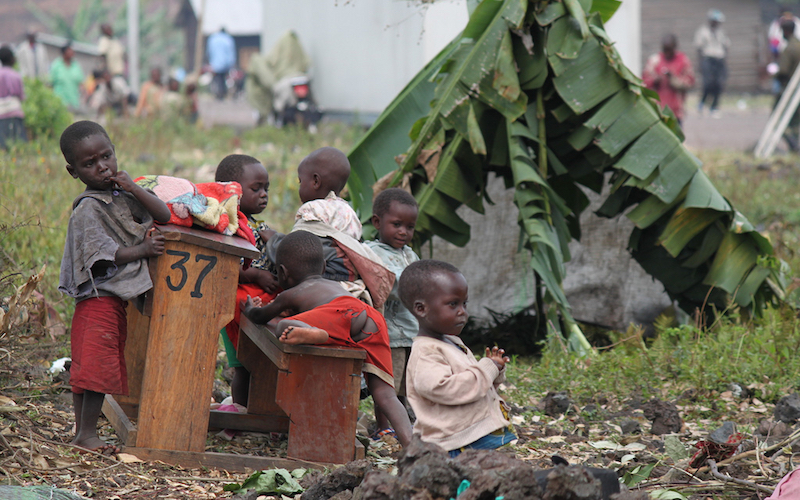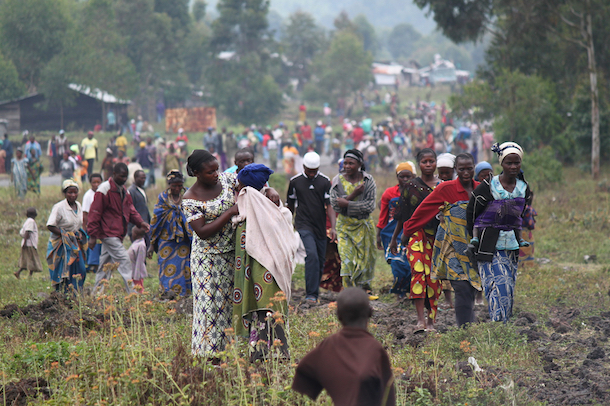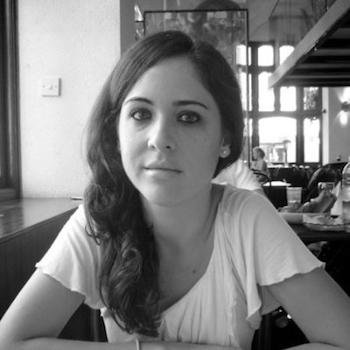
Instability in the Democratic Republic of Congo Likely as Election Looms
In less than two months, the Democratic Republic of Congo is scheduled to host national elections. However, the government’s evident foot-dragging has many questioning whether they will actually take place. Fifteen years and counting, Joseph Kabila’s grip on the presidency shows no signs of loosening. While constitutional term limits prevent him from running a third term, his government has been quietly prosecuting political adversaries over the past year, declaring a series of logistical barriers that appear to be stalling the elections indefinitely.
A trend that is sadly prevalent throughout the continent, presidents and their posse often use their political advocacy to keep civil society and opposition groups muted, thus cementing their stay in office. Burundi and Uganda, two countries where political stability remains fragile, at best, are two recent examples.
Back in 2005, Ugandan President Museveni pioneered the extension of term limits in the region, amid much polemic. Infamous for his heavy-handed manner when silencing dissent, he was declared the winner in February’s elections and has now entered his fourth decade in power. Last July, Burundian President Pierre Nkurunziza garnered nearly 70 percent of the votes in a predictable landslide victory, mocking the country’s constitutional limit of two terms and plunging the nation into its biggest crisis since its ethnically charged civil war ended in 2005.
Since attaining independence from Belgium in 1960, turmoil has rocked the Democratic Republic of Congo. A country yet to witness a peaceful, democratic transition of power, more than 100 people have died in the latest round of violence triggered by the ongoing political crisis. The imminent moratorium of DRC’s elections and simmering political instability has triggered alarm bells among international actors, fearful that the nation is lurching towards another explosive bout. Western states, including the US, have urged Kabila to stick to the election calendar.

Dubbed as one of the most corrupt countries in Africa by Transparency International, the Democratic Republic of Congo has enjoyed enviable annual growth rates of over 7 percent for the past five years, well above the 5 percent average in Sub-Saharan Africa, while cultivating healthy relations with Russia, China, Europe and even the United States, who have all signed multi-million dollar mining deals under Kabila’s rule. Increased investment, growth in the extractive industries and the contributions of public works and the tertiary sector have fueled growth, shielding it from the global economic slowdown and the decline in the demand and price for minerals.
Nearly two-thirds the size of western Europe, Democratic Republic of Congo’s 79 million citizens make it the most populated French-speaking country in the world, ahead of France and the second largest country in Africa, after Algeria. Despite its large population, the National Statistics Institute predicts that less than 40 percent live in urban areas.
The Democratic Republic of Congo is one of the youngest countries in the world: the median age is 18 years. Currently, its labor market does not stand a chance. High unemployment levels, hovering around 53 percent, run incongruously in comparison to DRC’s robust GDP growth rate. In the event the crisis continues to escalate lies the risk that the unemployed youth will become instruments of violence. No stranger to violence, at least 5.4 million people have been slaughtered in a series of wars, both domestic and international, often referred to as Africa’s World War, in eastern Congo since the early 1990s, when the nation was plunged into the deadliest conflict since World War II and did not officially end until 2003. At the peak of the strife, nine countries were battling each other on Congolese soil. A power vacuum in this region has resulted in armed groups and the Congolese army seizing control of countless mines, especially rich in tungsten, tin and gold. The DRC continues to be plagued by humanitarian crises, including rampant sexual violence and millions of displaced people scattered throughout the country.
Surrounded by nine different countries, this landlocked nation boasts 80 million hectares of arable land and over 1,100 minerals and precious metals. Home to an embarrassing amount of diamonds, gold, cobalt, copper, tin, tantalum, to name a few, the country is estimated to be worth $24 trillion of minerals.
Potentially one of the wealthiest countries on earth, corruption and violence have turned it into one of the poorest: 63 percent of DRC’s population lives below the poverty line and 42 percent are considered to be in extreme poverty. DRC is the world’s third poorest country per capita ($700), just above the Central African Republic and Somalia and relies heavily on foreign aid. The EU is not only its second biggest trading partner, after China, but also one of its principal donors, having pledged to provide some €620 million between 2014 and 2020. Kabila´s various crackdowns threaten to alienate key political players and increase political risk for investors.
There is substantial promise for the post-war economic renaissance of the Democratic Republic of Congo as long as it can restrain violence, but what comes next is anyone’s guess.

